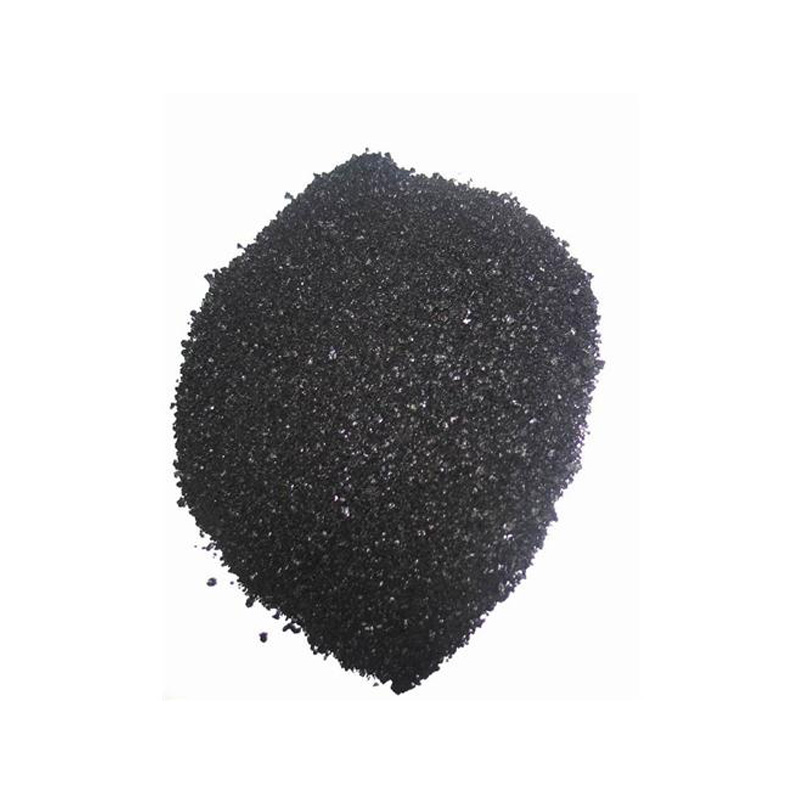Exploring the Origins and Sources of Indigo Dye Throughout History
Indigo dye has a rich history that dates back thousands of years, renowned for its deep blue hue and significance in various cultures. The primary source of indigo dye comes from the leaves of plants belonging to the indigofera genus, primarily Indigofera tinctoria, which has been cultivated in tropical and subtropical regions around the world.
.
The significance of indigo dye extends beyond its aesthetic appeal. Historically, it has played a crucial role in trade and economy, especially during the ancient and medieval periods. Cultivations of indigo were established in places like India, Africa, and South America, leading to lucrative trade routes. In regions like India, indigo was so valuable that it became known as blue gold, and many families relied on its production for their livelihoods.
indigo dye source

The use of indigo dye is deeply embedded in cultural identities. For example, in Japan, the traditional art of indigo dyeing is known as aizome, where artisans skillfully dye fabrics using ancestral techniques passed down through generations. The rich color and durability of indigo-dyed fabrics made them highly sought after, leading to their incorporation into various clothing styles and traditions.
Moreover, in contemporary times, the resurgence of interest in natural dyes has revived the appreciation for indigo. With growing awareness of environmental issues, many artisans and designers are turning to plant-based dyes like indigo as sustainable alternatives to synthetic dyes, which are often harmful to both the environment and human health.
In conclusion, the source of indigo dye is steeped in history, culture, and economic significance. Its journey from plant to pigment not only highlights traditional practices but also emphasizes a modern shift towards sustainability and environmental consciousness. The enduring allure of indigo continues to inspire artists and consumers alike, showcasing a beautiful connection between nature and creativity.
-
The Timeless Art of Denim Indigo Dye
NewsJul.01,2025
-
The Rise of Sulfur Dyed Denim
NewsJul.01,2025
-
The Rich Revival of the Best Indigo Dye
NewsJul.01,2025
-
The Enduring Strength of Sulphur Black
NewsJul.01,2025
-
The Ancient Art of Chinese Indigo Dye
NewsJul.01,2025
-
Industry Power of Indigo
NewsJul.01,2025
-
Black Sulfur is Leading the Next Wave
NewsJul.01,2025

Sulphur Black
1.Name: sulphur black; Sulfur Black; Sulphur Black 1;
2.Structure formula:
3.Molecule formula: C6H4N2O5
4.CAS No.: 1326-82-5
5.HS code: 32041911
6.Product specification:Appearance:black phosphorus flakes; black liquid

Bromo Indigo; Vat Bromo-Indigo; C.I.Vat Blue 5
1.Name: Bromo indigo; Vat bromo-indigo; C.I.Vat blue 5;
2.Structure formula:
3.Molecule formula: C16H6Br4N2O2
4.CAS No.: 2475-31-2
5.HS code: 3204151000 6.Major usage and instruction: Be mainly used to dye cotton fabrics.

Indigo Blue Vat Blue
1.Name: indigo blue,vat blue 1,
2.Structure formula:
3.Molecule formula: C16H10N2O2
4.. CAS No.: 482-89-3
5.Molecule weight: 262.62
6.HS code: 3204151000
7.Major usage and instruction: Be mainly used to dye cotton fabrics.

